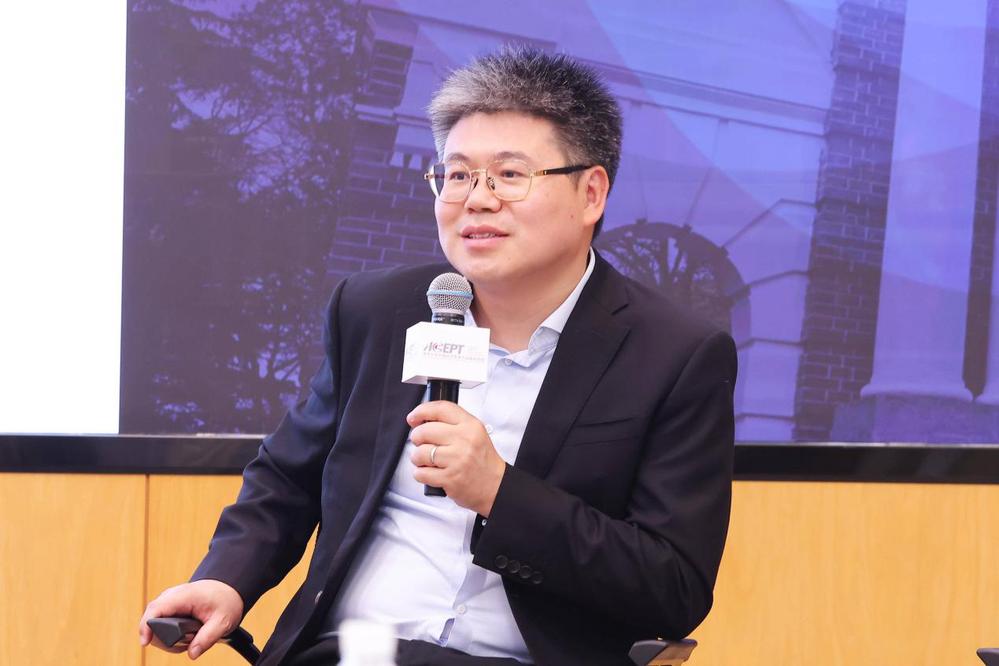Hua Changchun: Policy needs to be directed towards increasing people's incomes and overall confidence in the future
The following is a summary of Hua Changchun's comments during a roundtable discussion at the 49th Tsinghua University Forum on China and the World Economy held at Tsinghua University, Beijing, and broadcasted online on July 2, 2025. Hua is Chief Economist for Greater China at Kohlberg Kravis Roberts & Co. Inc. (KKR).
On July 2, 2025, the 49th Tsinghua University Forum of China and the World Economy, hosted by Tsinghua University's Academic Center for Chinese Economic Practice and Thinking (ACCEPT) in partnership with the university's School of Social Sciences, was broadcasted online under the theme of China's 2025 Mid-Year Economic Update. Chief Economist for Greater China at Kohlberg Kravis Roberts & Co. Inc. (KKR), Hua Changchun, participated in a roundtable discussion at the forum alongside other distinguished guests where he outlined the current state of China's financial markets.

Hua explained that foreign capital adheres to the principle of profit-seeking, with the question of whether or not investors are optimistic about Chinese assets depending on the degree to which fiscal policy is ramped up. If relevant policies can provide a boost to public confidence, then foreign capital will begin to flow back. At present, China's economy is facing multiple challenges: such as the likelihood of added pressure exerted on the manufacturing sector from tariffs, an ongoing slump in real estate sales and consumption, declines in employment and incomes, and a potential further downgrade to economic growth. In response, policies first and foremost need to be directed towards increasing people's incomes and overall confidence moving forward into the future, especially with regards to addressing the employment concerns facing young people as well as countering the country’s continued deflationary slide, all of which will help to attract foreign investment. Although most foreign capital is currently engaged in short-term trading and longer-term investments remain underallocated to Chinese assets, the market has now reached a consensus for the third time on the overvaluation of the US dollar. In the past, two of the previous overvaluations historically have led to capital outflows. This time around, meanwhile, the direction of the outflow from US dollar assets will be decided by the availability of alternative investment assets. If China's policy direction further improves and asset values rise, the inflow of US dollar funds into China may accelerate. China meanwhile needs to focus primarily on policies that support domestic demand rather than relying on steering exchange rates.
He also mentioned that many observers have been keen to compare China's present economic situation with that of Japan’s some 30 years ago, but there are in fact three significant differences between the two. First, the per capita GDP of China is currently only 16% that of the US, which is a level that does not coincide with Japan's at that time, with its per capita GDP having exceeded that of the US. Second, China is able to benefit from new growth drivers, such as the green revolution and AI revolution, while the country garners certain competitive advantages vis-à-vis the rest of the world. Third, compared with Japan, the overall size of China's economy is much larger and possesses more growth potential, with the country’s broader society moreover showcasing relatively stronger vitality.




